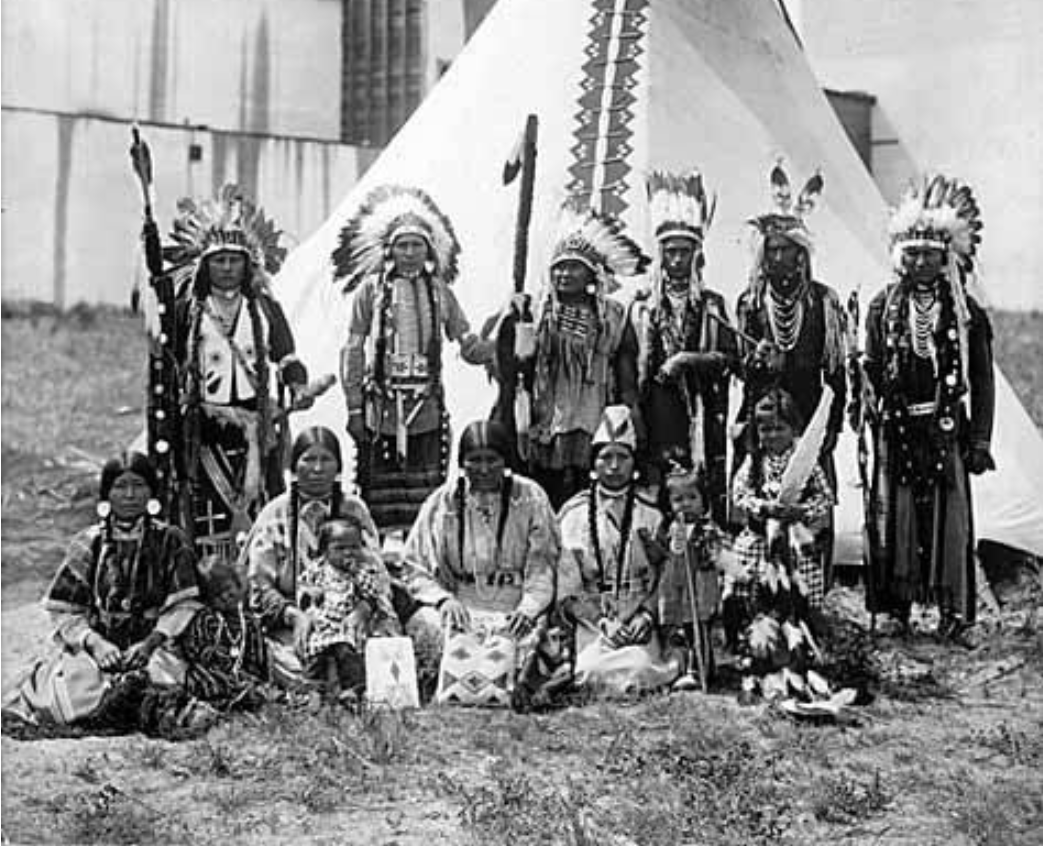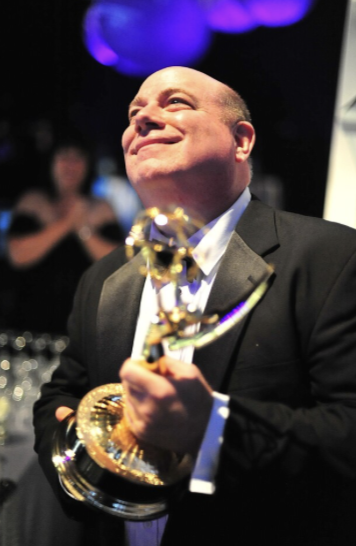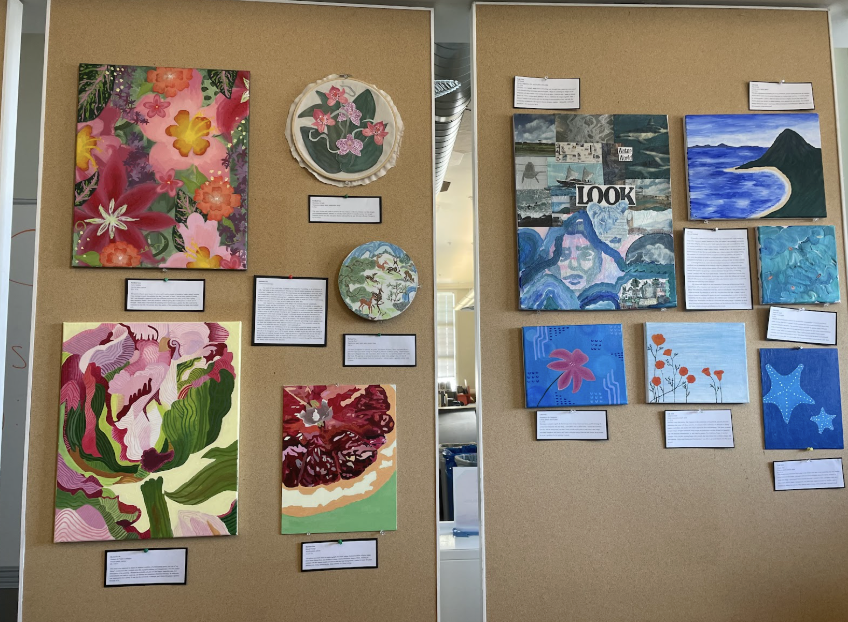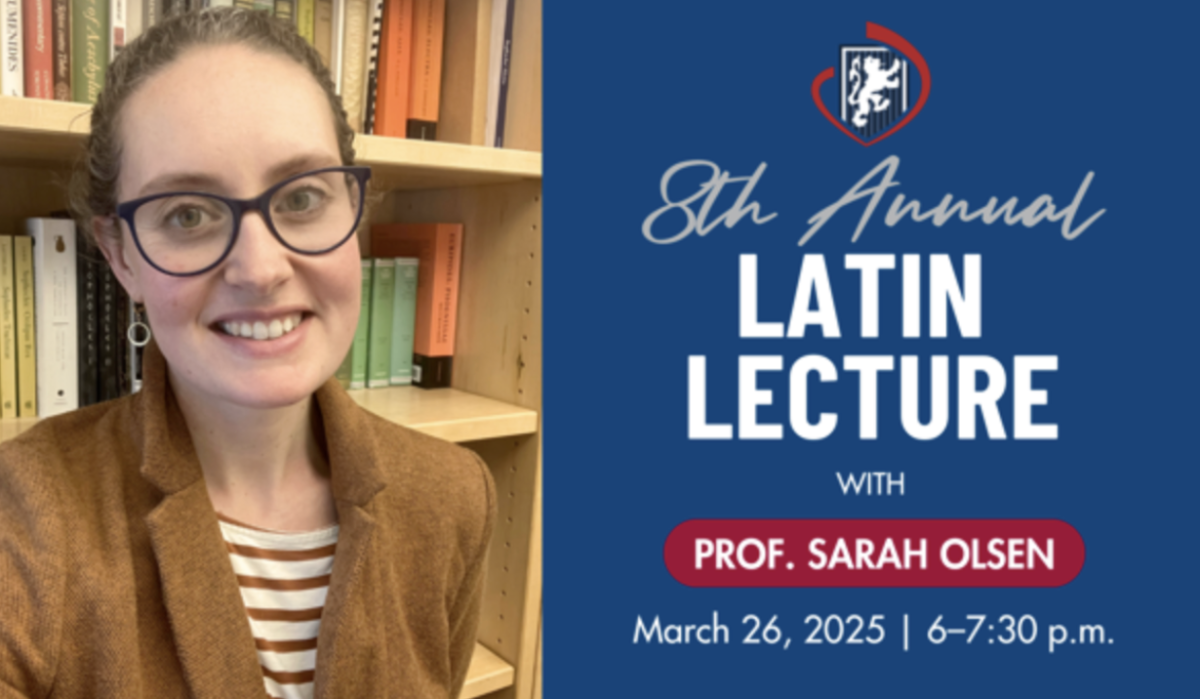
Reporter
Empty metal cans lie on the damp gravel sidewalk with the lingering smell of spray paint in the air, and a trail of large blocked lettering and mural illustrations dance along the sides of grimy buildings.
Many areas in San Francisco, like the Mission, are getting makeovers by commissioned street graffiti artists, more commonly known as “taggers,” who want to get noticed by advertising their work throughout the city.
“It’s mind blowing to see artwork on the sides of apartments that are at least 10 stories high,” said junior Kelsey Green “And walking through areas like the Mission and the Tenderloin is incredible because there are some parts that look just like an art gallery.”
Graffiti was a political vocalist movement for minorities, in the late 1960s becoming a way to express creativity, which spread as “gesamtkunstwerk,” German for “total art work,” to the graffiti painters.
“Mural graffiti tells stories that project messages and tributes to viewers,” said studio arts teacher Rachel McIntire. “They give thanks for people who have passed away, and for those who have made a difference in their community.”
Graffiti artists have gone past the blank pages of a sketchbook to the urban spaces as their canvas, but it is often difficult to find a location where they can blast out their work legally.
Graffiti artists have found a way to create projects and avoid trouble with the law by obtaining permission from storeowners who use the mural for business, or don’t mind the art style. Graffiti painters also work with Precita Eyes Mural Arts and Visitors Center in the Mission district, where volunteers can participate in ongoing mural projects year round in the Bay area.
“It’s interesting to see how the opinion on graffiti is changing,” said McIntire. “Storeowners and businesses usually do not appreciate graffiti artists tagging or spraying on their property, but when they look at new styles that catch their eye, they end up using the artist’s talent and hire them for projects.”
Graffiti’s popularity is growing from the shows and conventions that allow people to recognize the talents of young and experienced artists.
A mural book launch at the De Young Museum on Nov. 6 will showcase the work of photographers, writers and Mission District Artists, in the new mural book, Street Art San Francisco: Mission Muralismo.
Clarion Alley, a large alleyway in the Mission, is covered in burners and wildstyle graffiti. Burners are a well-done, brightly colored graffiti pieces that seems to “burn” off the wall, and are usually in design called wildstyle. Wildstyle graffiti is a complication of interlocking letters, and is considered one of the hardest styles to master according to The Graffiti Glossary.
The scatter of painted footprints along the walls and streets of San Francisco leave behind roads of graffiti styles that show expressions of the artists, which reach out to the viewers.
“Art has many forms, and is a major way for people to express themselves,” said sophomore Brianna Wilvert. “Graffiti art represents one of those art forms, giving a voice to the people who need it.”








